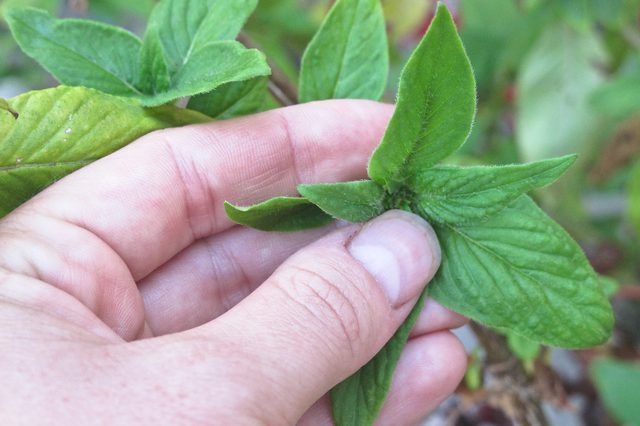Bulbs
Flower Basics
Flower Beds & Specialty Gardens
Flower Garden
Garden Furniture
Garden Gnomes
Garden Seeds
Garden Sheds
Garden Statues
Garden Tools & Supplies
Gardening Basics
Green & Organic
Groundcovers & Vines
Growing Annuals
Growing Basil
Growing Beans
Growing Berries
Growing Blueberries
Growing Cactus
Growing Corn
Growing Cotton
Growing Edibles
Growing Flowers
Growing Garlic
Growing Grapes
Growing Grass
Growing Herbs
Growing Jasmine
Growing Mint
Growing Mushrooms
Orchids
Growing Peanuts
Growing Perennials
Growing Plants
Growing Rosemary
Growing Roses
Growing Strawberries
Growing Sunflowers
Growing Thyme
Growing Tomatoes
Growing Tulips
Growing Vegetables
Herb Basics
Herb Garden
Indoor Growing
Landscaping Basics
Landscaping Patios
Landscaping Plants
Landscaping Shrubs
Landscaping Trees
Landscaping Walks & Pathways
Lawn Basics
Lawn Maintenance
Lawn Mowers
Lawn Ornaments
Lawn Planting
Lawn Tools
Outdoor Growing
Overall Landscape Planning
Pests, Weeds & Problems
Plant Basics
Rock Garden
Rose Garden
Shrubs
Soil
Specialty Gardens
Trees
Vegetable Garden
Yard Maintenance
How to Care for a Penta Plant
How to Care for a Penta Plant. Prized for their clusters of ever-blooming, star-shaped flowers, penta plants (Pentas lanceolata) are the shrub of choice for many home gardeners in U.S. Department of Agriculture plant hardiness zones 8 to 11. Because they're such long-blooming, showy shrubs that attract butterflies and hummingbirds, home gardeners...
Prized for their clusters of ever-blooming, star-shaped flowers, penta plants (Pentas lanceolata) are the shrub of choice for many home gardeners in U.S. Department of Agriculture plant hardiness zones 8 to 11. Because they're such long-blooming, showy shrubs that attract butterflies and hummingbirds, home gardeners who live in cooler climates often cultivate penta plants as annuals, or in containers so they can be moved indoors come winter. In fact, penta plants can even be grown indoors as houseplants. Versatile and hardy, penta plants thrive when cared for properly.
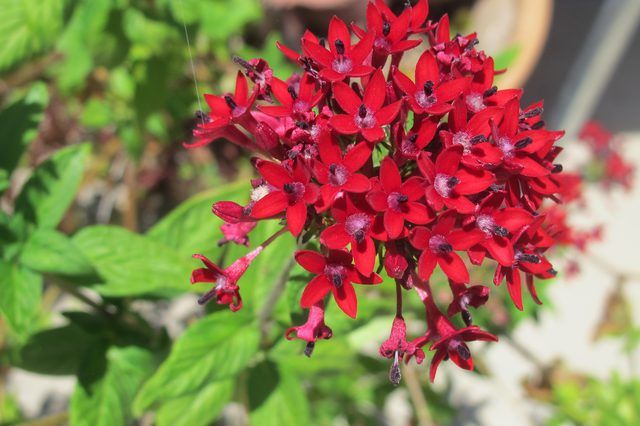
Things You'll Need
Balanced, all-purpose, water-soluble fertilizer
Pruning tool
Household bleach
Mulch
Garden hose
Shallow tray
Pebbles
Vacuum
Step 1
Remove anything shading your penta plant, if you can. They thrive in full sun but will still often bloom even in the shade, according to Floridata. Locate container plants in full sun or part shade
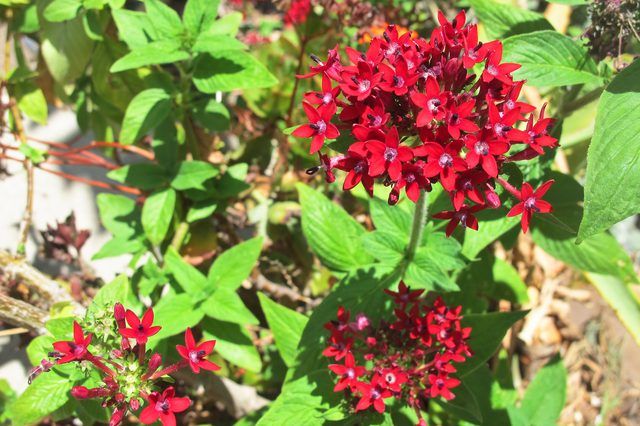
Step 2
Grow your penta plant in rich, moderately fertile soil that retains moisture but still drains well. Heavy clay or locations in which water collects are not good choices. Containers should have holes in the base to allow water to freely drain.
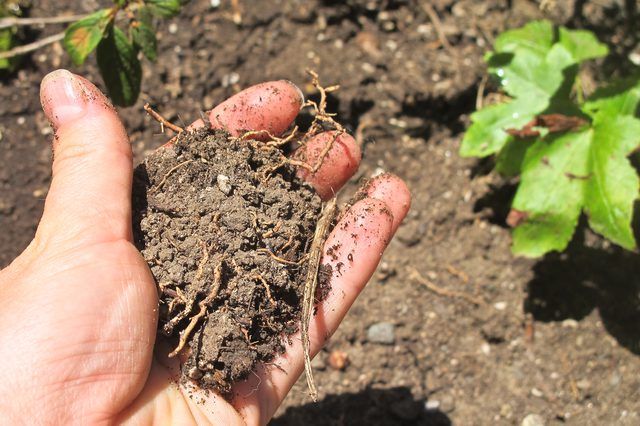
Step 3
Boost the blooms with a monthly dose of balanced, all-purpose, water-soluble fertilizer during the growing season. Instructions will vary depending on the specific brand, but in general, dilute 1 teaspoon of liquid concentrate per gallon of water and use that to water the plant.
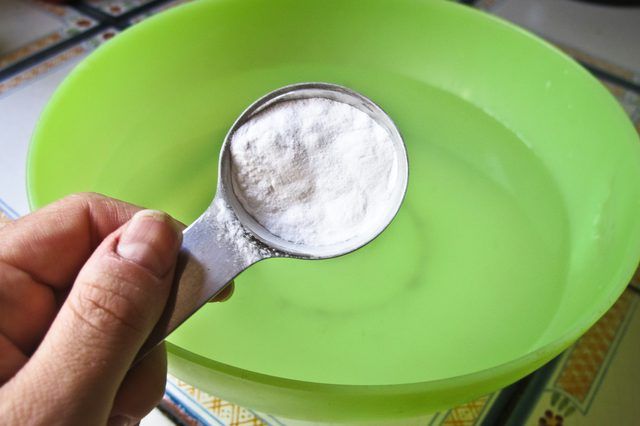
Step 4
Water your penta plant when the top of the soil feels dry. They prefer moist to average soil, but never waterlogged, which can lead to root rot.
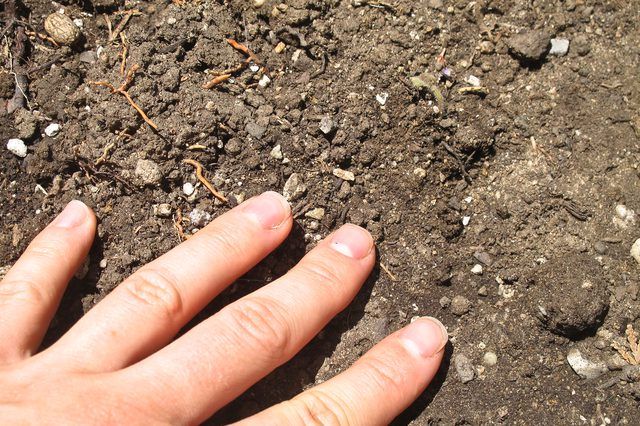
Step 5
Leave the flowers alone. The plant blooms best when left unclipped, according to the University of Florida IFAS Extension. The flowers self-deadhead, so you don't have to pluck off spent blooms either.
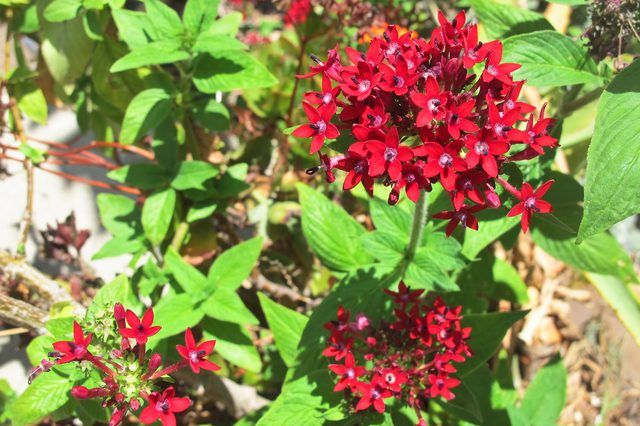
Step 6
Cut the stems to the ground in the fall, when they have stopped blooming, if you live in USDA zone 8. First sterilize your pruning tool in a solution of 1 part bleach to 3 parts water for five minutes, then air-dry, to kill any lingering bacteria or fungi.
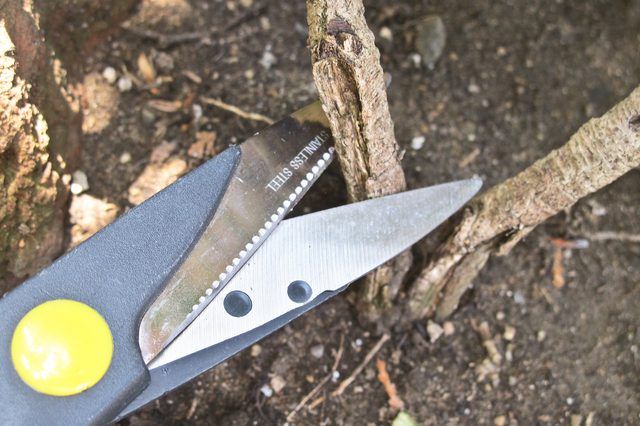
Step 7
Cover the plant with a thick layer of mulch after cutting it back in USDA zone 8. This will help protect it through the winter months. Container plants can be cut back and then brought indoors before the first frost. Store them in a cool but bright location.

Step 8
Watch for aphids and spider mites, which are sometimes a concern. Penta plants rarely suffer from serious pest infestations, but if you do see any pests, rinse them from the plant with a strong stream of water from your garden hose.
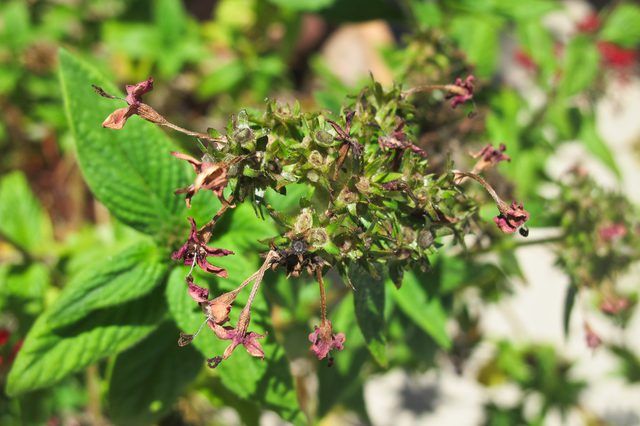
Step 1
Place your penta plant in a sunny location, such as a windowsill. Keep it away from drying cold or hot drafts. Use a container that drains.
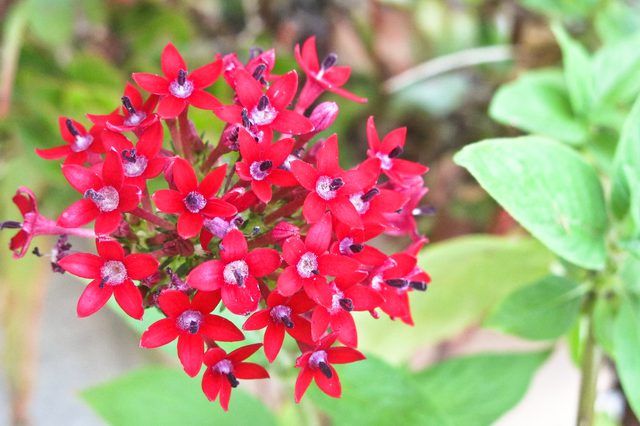
Step 2
Provide humidity for your plant. Place it on top of a shallow tray filled with pebbles and water or run a humidifier nearby for a few hours a day.
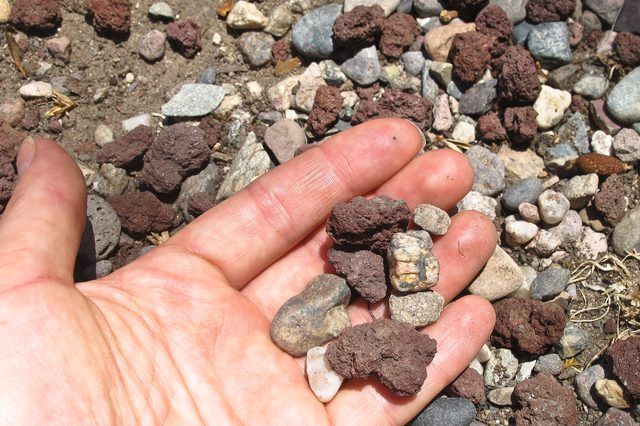
Step 3
Water your penta plant when the top of the soil starts to dry out. Empty the water catch tray as soon as the soil stops draining. Reduce the frequency of watering in the winter, when the plant enters its dormant period.
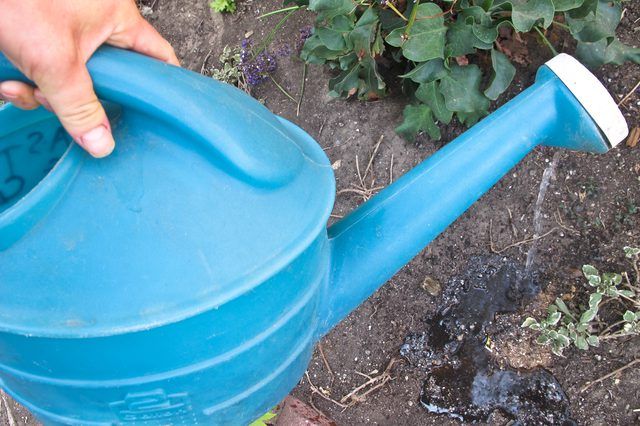
Step 4
Fertilize once a month spring through fall with an all-purpose, water-soluble fertilizer. Instructions vary depending on the specific brand, but concentrated formulas usually require that you dilute 1 teaspoon of liquid concentrate per gallon of water. Then, use that to water the plant.
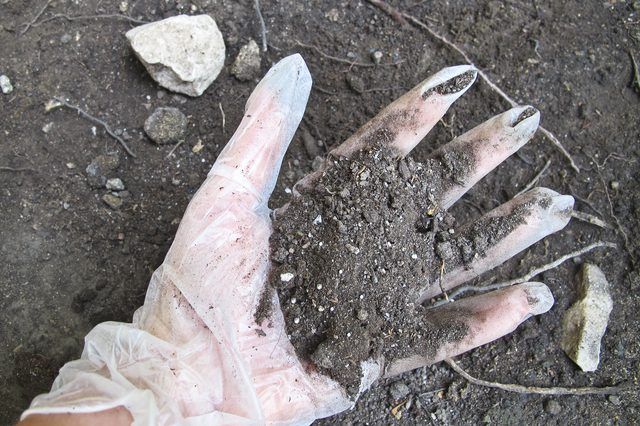
Step 5
Watch for whiteflies, which sometimes infest indoor penta plants. They often cluster on the undersides of leaves. Vacuum them from the leaves in early morning or evening, when they tend to be sluggish.
